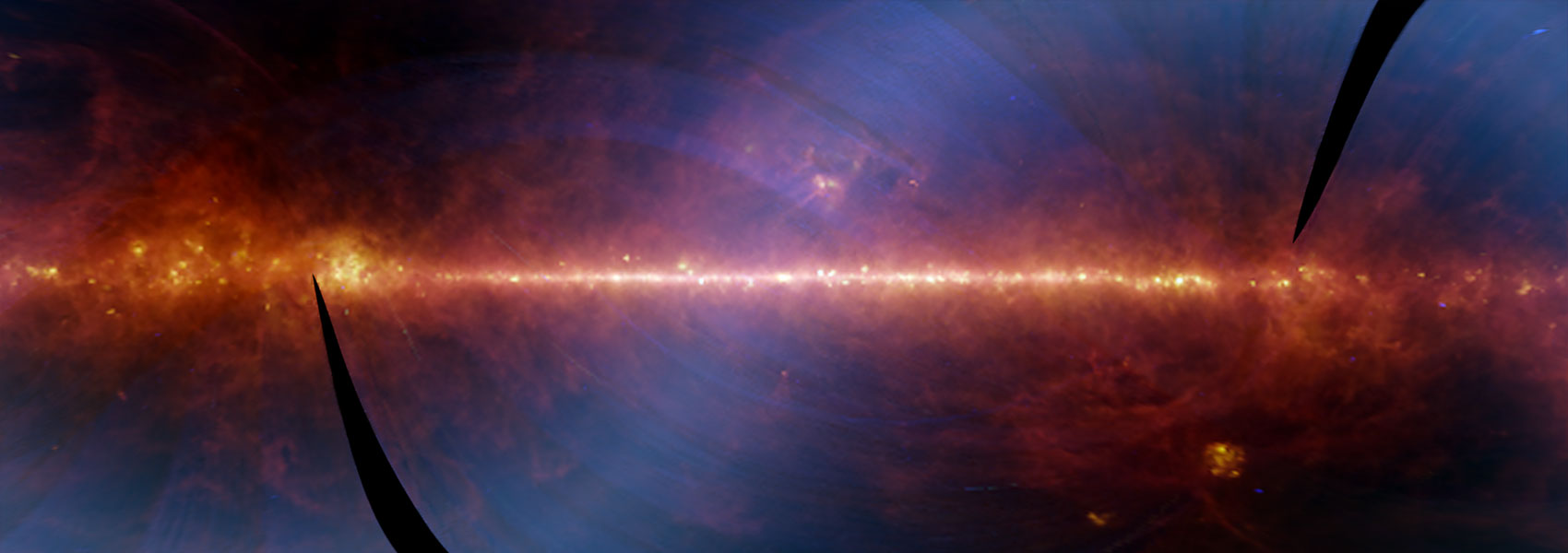Speakers: Sean Carey, Jim Ingalls, Robert Hurt (IPAC)
This talk was streamed over webex. A recording of the talk can be found here: https://caltech.box.com/s/e0ixl8a1ex8fm8srabor2d38vr1cpfbd
Abstract:
Finding habitable rocky planets is a "Holy Grail" of exoplanet science. The discovery of the first-known system containing seven rocky Earth-sized planets was reported in the Gillon et al. Nature cover story on 22 Feb 2017. The system, TRAPPIST-1, named for The Transiting Planets and Planetesimals Small Telescope (TRAPPIST) in Chile, was first announced in May 2016 to have at least three planets. A 20-day near-continuous monitoring campaign with the Spitzer Space Telescope in late 2016, combined with ground-based data, confirmed the existence of two of these planets and enabled the unambiguous identification of an additional 4, along with a seventh outer planet of unknown period. Transit timing variations on 34 Spitzer transits of the six inner planets yield estimates of their masses, resulting in densities similar to Earth's. Furthermore, stellar irradiation of the planets spans the range of flux seen from Mercury to Ceres in our Solar System, making it possible that at least 3 of the planets harbor liquid water.
In this talk, we describe the known characteristics of the TRAPPIST-1 system, and place the discovery in broader context, asking: how Earth-like are the seven planets and could they support life? We review advances in measurement and data analysis techniques that have made Spitzer the observatory best suited for long term monitoring of Earth-size planets around cool stars. Finally, we discuss IPAC’s work to create artist’s concepts to help imagine the possibilities of each of the 7 worlds -- data-based infographics to illustrate the physical properties of the system, and videos presenting the results and Spitzer data in innovative ways. We discuss the combination of scientific and aesthetic judgment that must come together to create imagery to effectively communicate one of the most significant discoveries in Spitzer’s history.



